2023
One platform to autonomously and sustainably deploy, control and orchestrate different robotic devices.
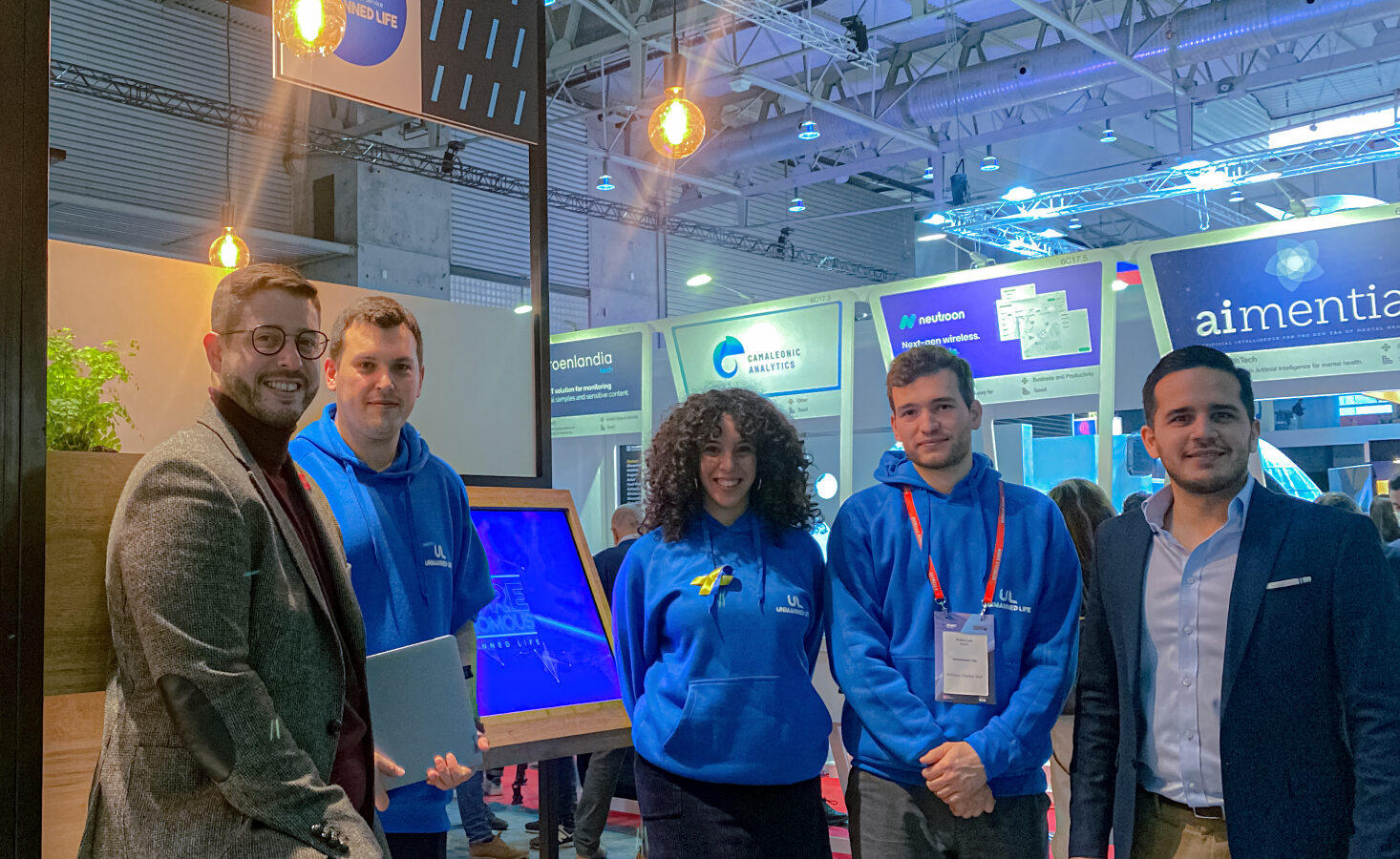
Unmanned Life
The software platform for seamless orchestration of autonomous robotics.
Milestones
Acquired 02/2023
Team
Jorge Muñoz - CCO, Co-Founder
Nicholas Zylberglajt - Co-Founder, CEO
Garik Suess- CTO
Partners
Soulmates Ventures
Telefónica
TELUS Ventures
Venionaire Capital
Purple Ventures
Motec Ventures
Wayra
Unmanned Life
€2,25M Seed round
The highlights
- Won the GSMA Foundry Excellence Award for Digital Transformation with Liberty Global and AWS
- Named a 2023 Cool Vendor in Communications by Gartner.
- Listed in the TOP 50 startups by 4YFN for 2024.
- Conducted successful testing with Antwerp port, AWS, and Liberty Global using UL technology for industry security, including ports, energy, oil and gas.
The solution
Unmanned Life is a UK-based startup that is developing a cutting-edge software platform for the seamless orchestration of autonomous robotics such as drones, robotic arms and autonomous mobile robots in industry 4.0 and smart cities. Their technology has the potential to revolutionise a wide range of industries from logistics, surveillance, maintenance manufacturing, forestry and agriculture to healthcare.
The platform, Unmanned Life enables companies to easily manage and integrate autonomous robotic devices into their operations. By leveraging advanced technologies such as artificial intelligence and machine learning, the platform can orchestrate a large number of robots simultaneously, allowing companies to streamline their operations and increase productivity, cost-efficiency and safety.
Based on the hardware agnostic approach and connection to 5G and other types of networks, through partnerships with telecom companies including Cellnex, Etisalat, KPN, Telefónica, Telus and Swisscom, the startup is offering solutions around decision, mission and data management for high numbers of diverse robotic devices.
The uniqueness
Unmanned Life’s flexibility and orchestration of robotic devices is a key feature of their technology. This world-leading agnostic platform can be customised to meet the specific needs of different industries and use cases, connecting various proprietary hardware and software, coding language and challenging network interoperability.
Their technology incorporates dynamic navigation for swarms of robotic devices. By using smart algorithms and robotic devices often equipped with advanced sensors, the software platform can seamlessly navigate the devices through unpredictable and cluttered environments while quickly determining the optimal path. This real-time learning enables their robots to operate smoothly in real-world scenarios.
The challenges
Unmanned Life tackles various industry challenges, such as labour shortages for repetitive, dangerous or specialised jobs, which can be mitigated by deploying autonomous robots to fill labour gaps, reduce injury risks and free up human workers for more complex tasks. There is also a high demand to improve operational efficiency by using autonomous robots for tasks such as inventory management, material handling, quality control, surveillance or remote exploration and maintenance.
Autonomous robots have the potential to substitute up to 20 million jobs in repetitive, dangerous and complex industries by 2030. Robots are increasingly being used to perform tasks that are dangerous, demanding or hazardous to humans. The benefits of this trend are undeniable – robots can work continuously, accurately and without fatigue, reducing the risk of accidents and improving the quality of output.
Moreover, Unmanned Life is also working on environmental sustainability and human safety issues by optimising resource use, reducing waste, exploring and managing hard-to-reach areas and offering alternatives to business as usual. Autonomous robotic devices can also be a useful tool to research and explore how human activities impact the environment and vice-versa.
The purpose
“Unmanned Life has already demonstrated its contribution to sustainability in several projects where the team has worked for well-known companies – autonomous site mapping and monitoring of forestry with Telus, autonomous surveillance and inspections of renewable critical infrastructure and autonomous solar panels inspection.” – Hynek Sochor, Soulmates Ventures founder.
Unmanned Life has the potential to create a more efficient, sustainable, and resilient future. By reducing the need for human workers in dangerous or repetitive jobs, improving efficiency, and providing numerous environmental benefits, the technology could improve working conditions, reduce costs, and improve quality of life.
The profit
The total addressable market for world-leading Unmanned Life’s software platform for the orchestration of autonomous robotics is significant, with projected market size to reach $47.24 billion by 2030 up from $4.27 billion in 2020, growing at a CAGR of 27.3% from 2021 to 2030.
The potential for Unmanned Life’s technology is optimised through its high level of scalability and customisation to meet the specific needs of different businesses. The market for autonomous robotics continues to grow and the trends suggest that the global stock of robots will multiply even faster in the next 20 years.
The team at Unmanned Life has a diverse range of experience in business, drone technology, software automation, and others which is proving to be successful by attracting big telecom companies as strategic investors and clients. In 2022, they managed to overcome the revenue of €1 millions.
The technology is applicable for a wide range of industries and is highly scalable, making it a versatile and adaptable tool for improvement in a range of industries.
The experienced team has the potential to become the industry leader in providing an autonomous software platform for robotic devices. The startup has already embarked on its journey by forming partnerships with companies like BT, AWS, Microsoft, Nokia, Ericsson, TIM, Telia and others.
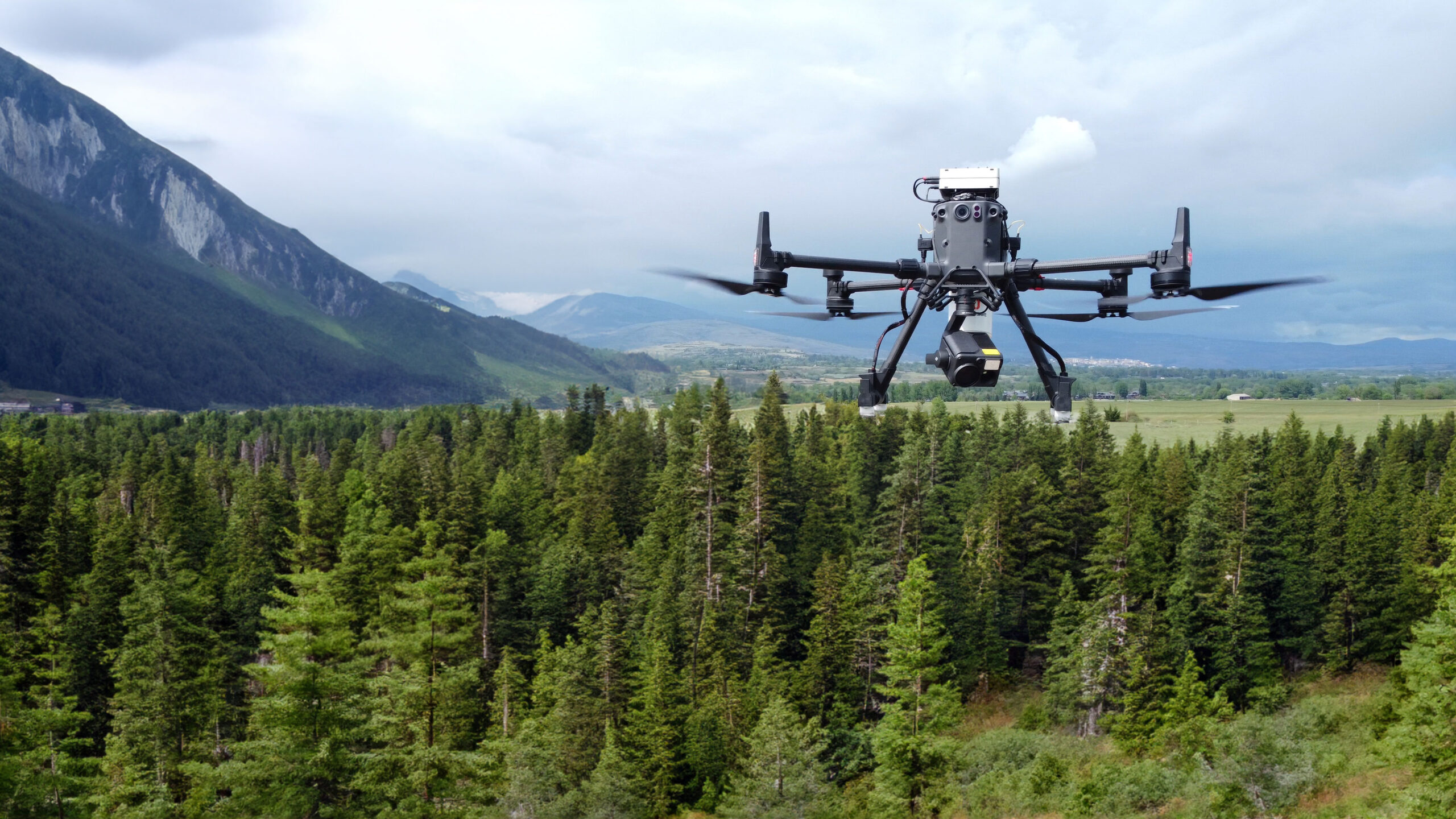
——-
Sources:
https://unmanned.life/
https://www.alliedmarketresearch.com/robot-software-market-A11852
https://www.oxfordeconomics.com/resource/how-robots-change-the-world/
https://www.linkedin.com/company/unmanned-life/
Sustainability
-
Step 1
Sustainable Development Goals
The Sustainable Development Goals (SDGs) were adopted by the United Nations in 2015 as a universal call to action to end poverty, protect the planet, and ensure that by 2030 all people enjoy peace and prosperity.
-
SDG 1
No Poverty
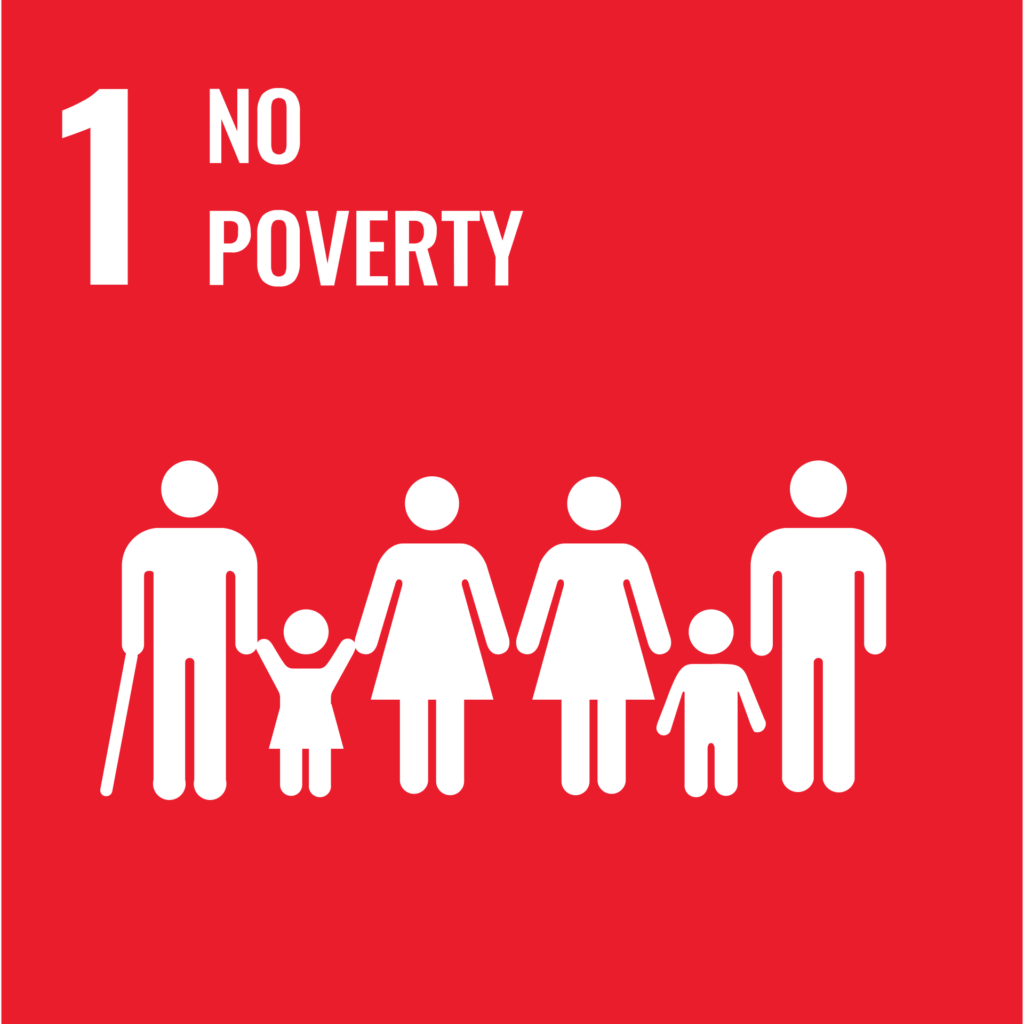
End poverty in all its forms everywhere.
-
SDG 3
Good Health and Well-Being
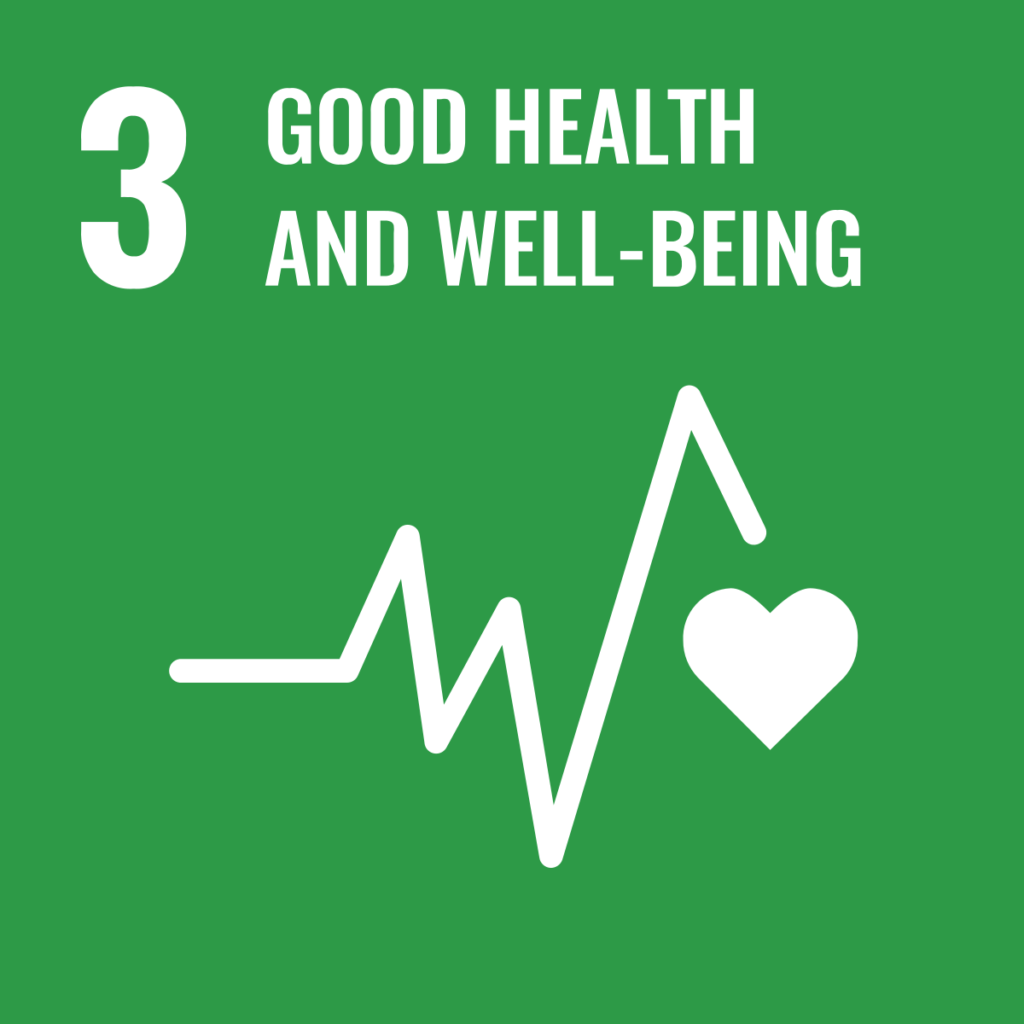
Ensure healthy lives and promote well-being for all at all ages.
-
SDG 7
Affordable and Clean Energy
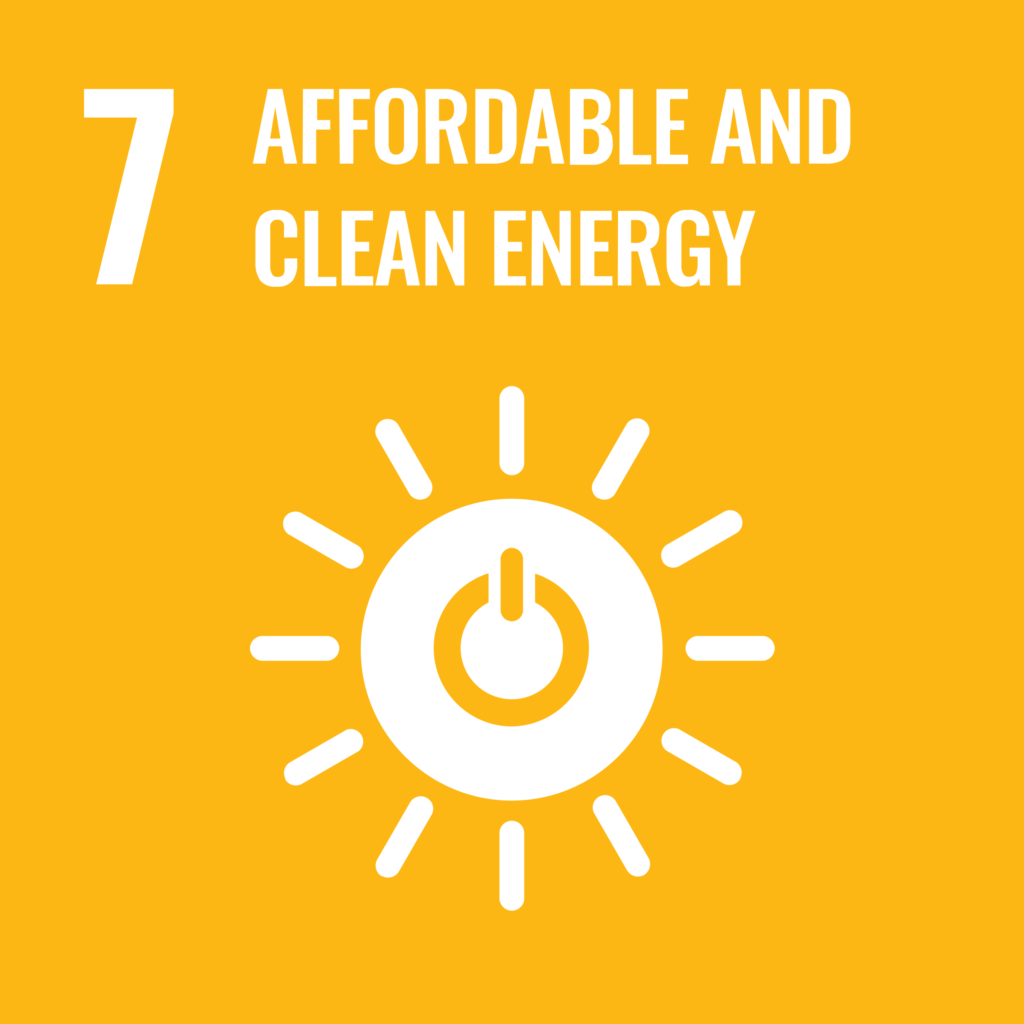
Ensure access to affordable, reliable, sustainable and modern energy for all.
-
SDG 8
Decent Work and Economic Growth
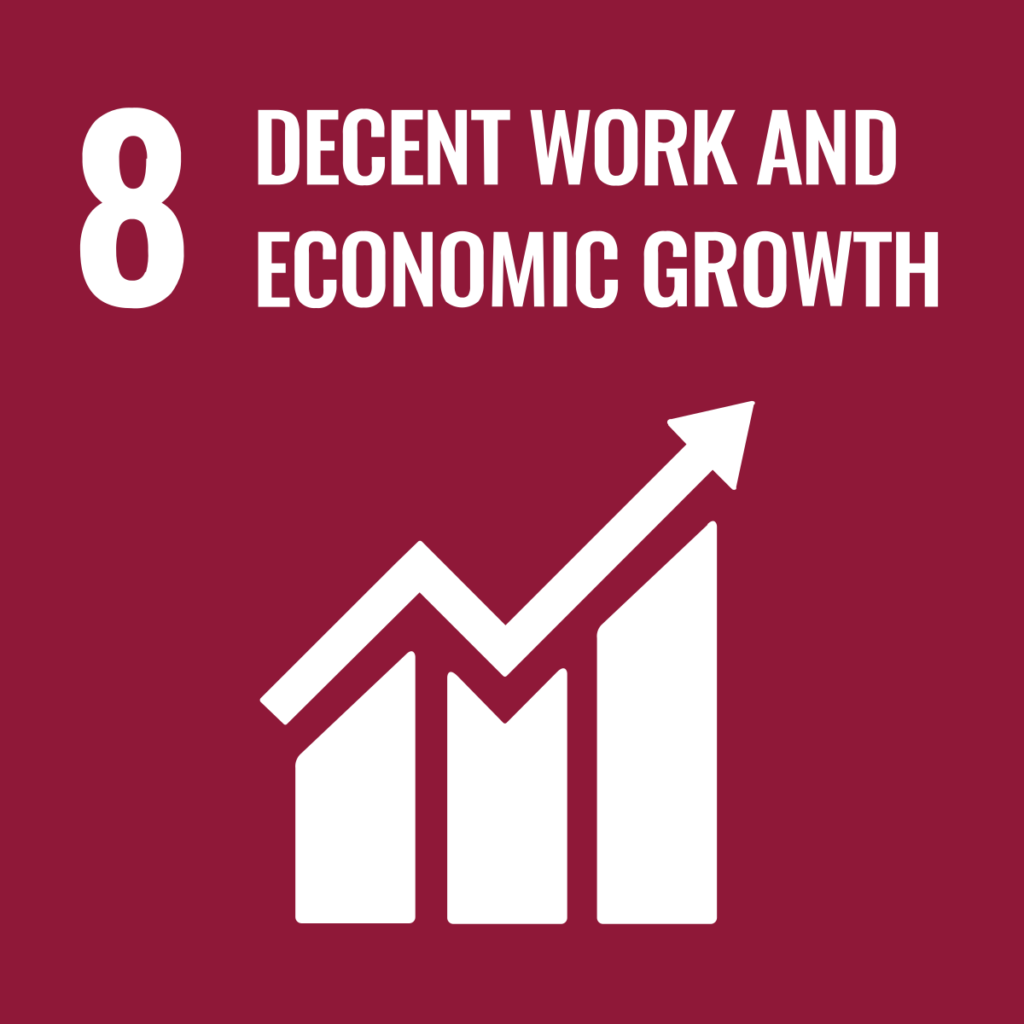
Promote sustained, inclusive and sustainable economic growth, full and productive employment and decent work for all.
-
SDG 9
Industry, Innovation and Infrastructure
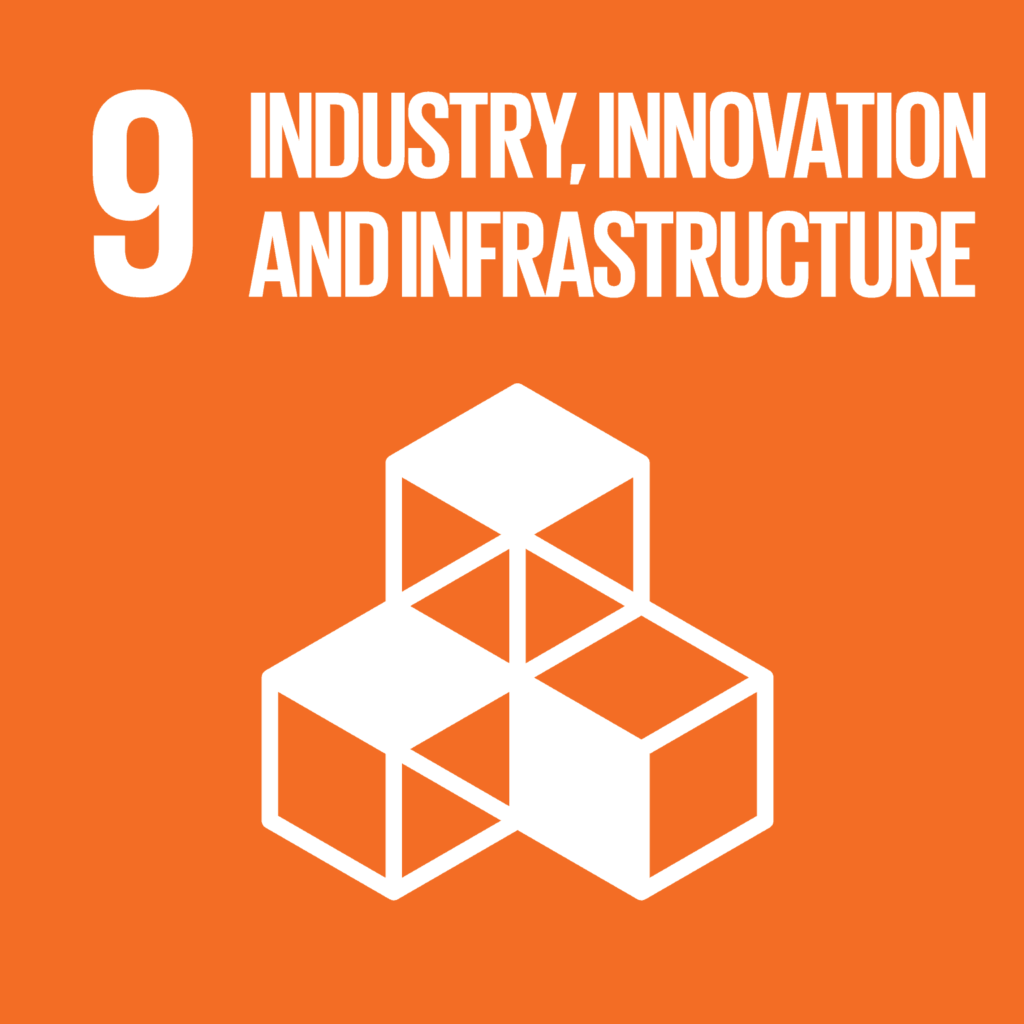
Build resilient infrastructure, promote inclusive and sustainable industrialization and foster innovation.
-
SDG 11
Sustainable Cities and Communities
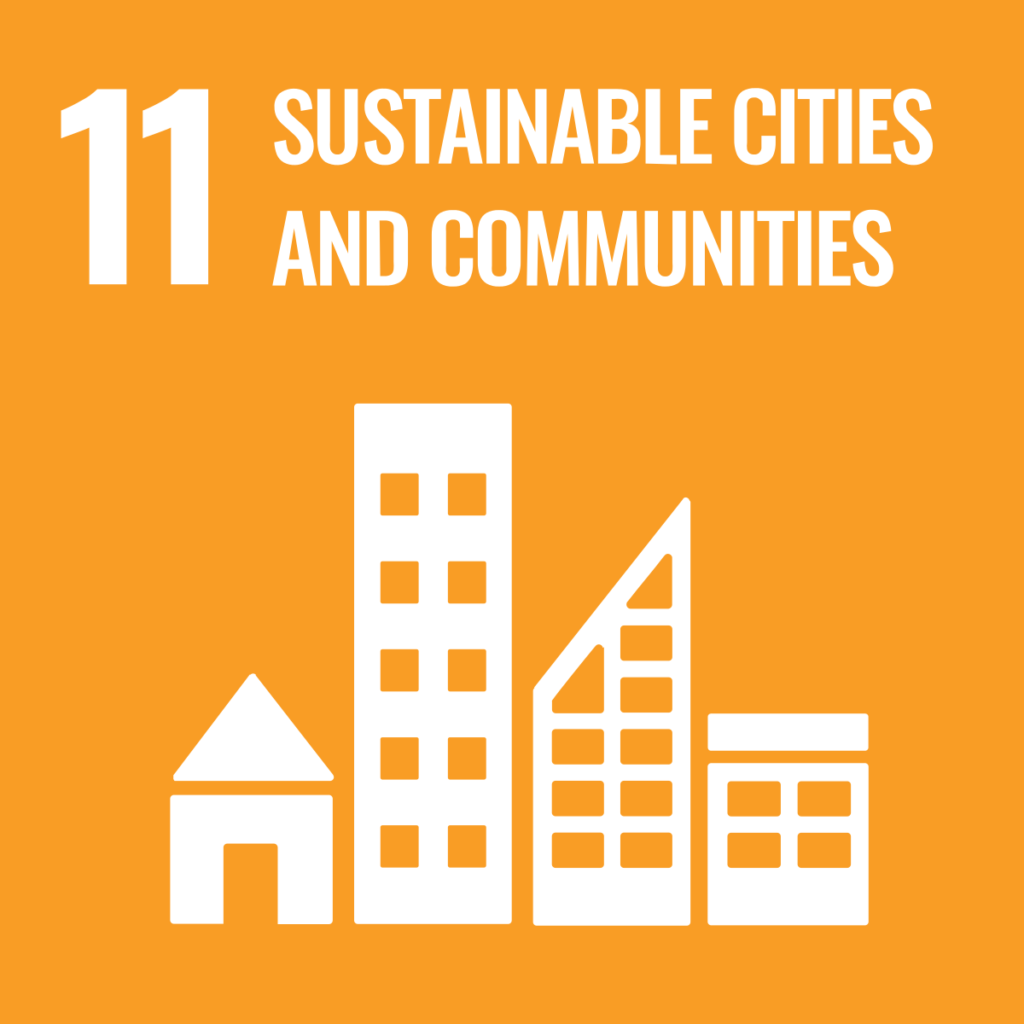
Make cities and human settlements inclusive, safe, resilient and sustainable.
-
SDG 13
Climate Action
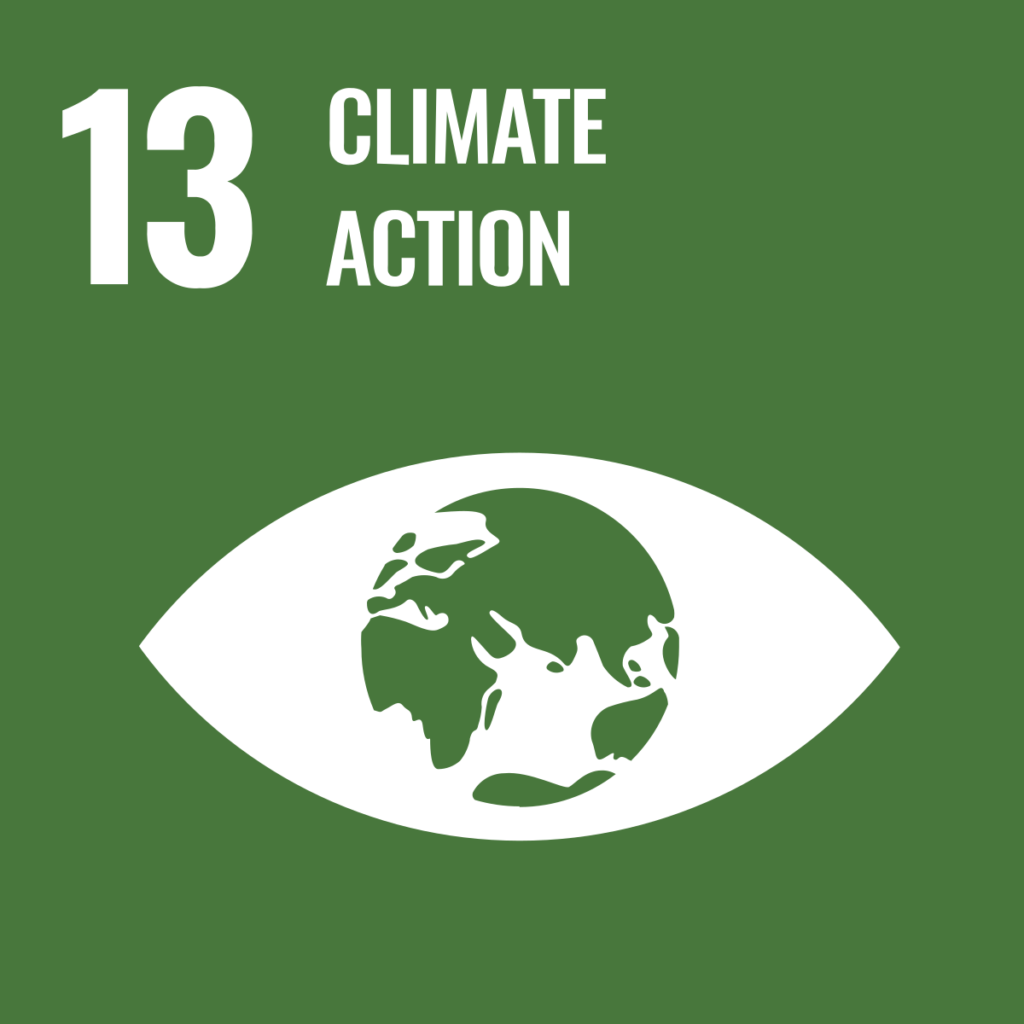
Take urgent action to combat climate change and its impacts.
-
SDG 14
Life Below Water
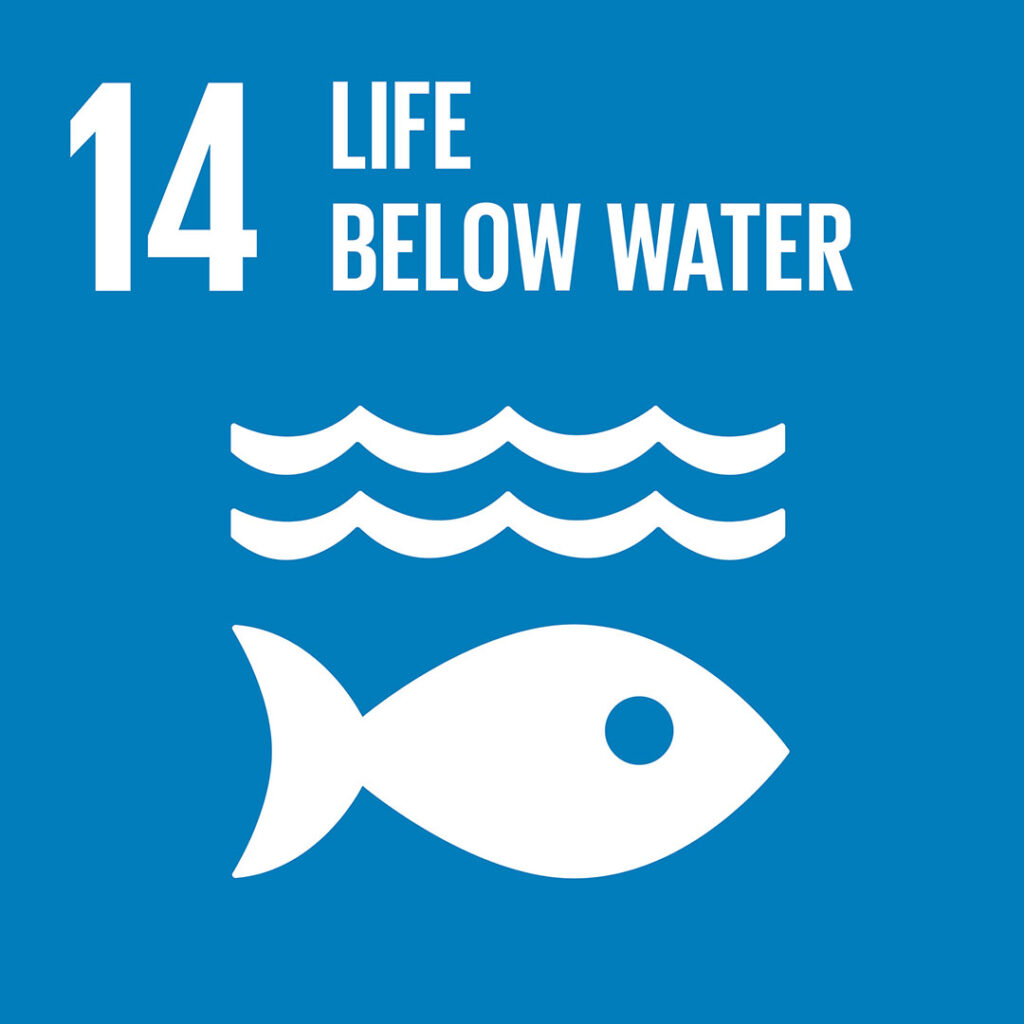
Conserve and sustainably use the oceans, seas and marine resources for sustainable development.
-
SDG 15
Life on Land
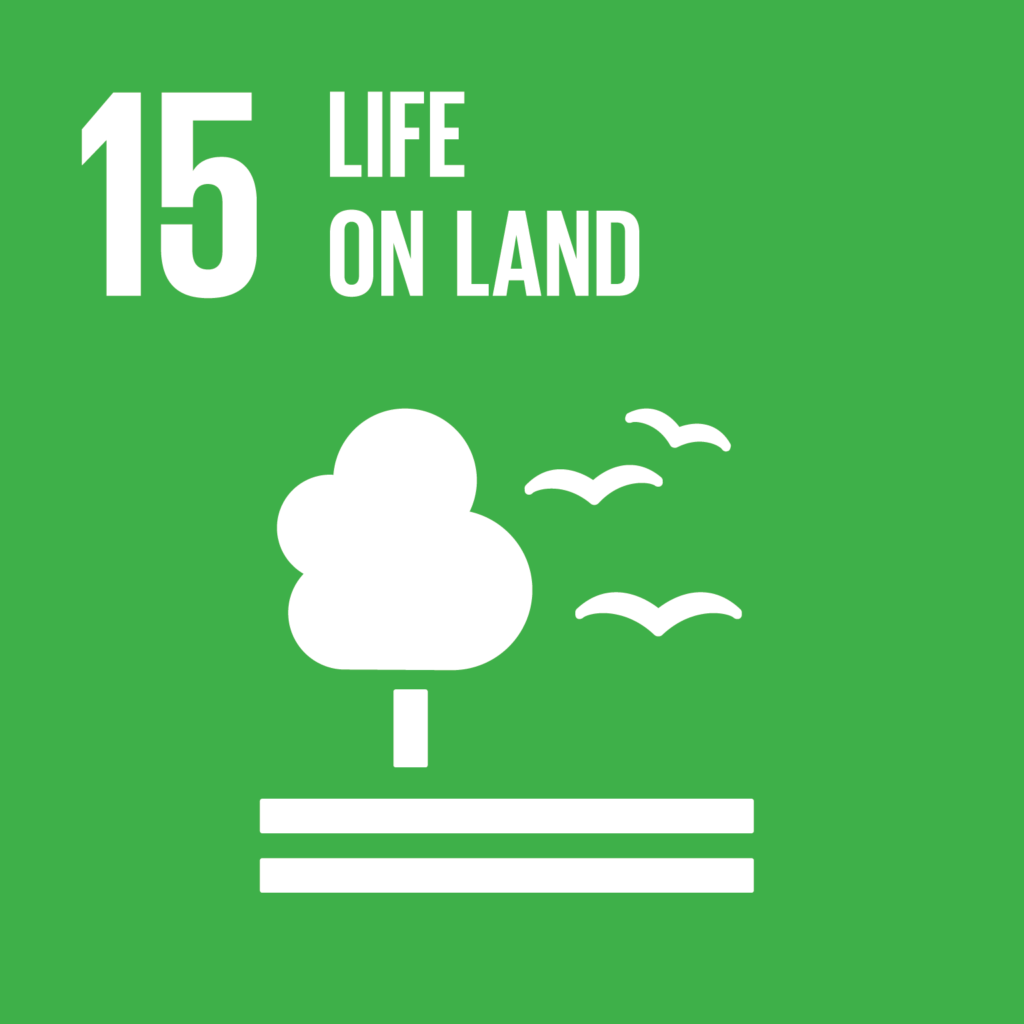
Protect, restore and promote sustainable use of terrestrial ecosystems, sustainably manage forests, combat desertification, and halt and reverse land degradation and halt biodiversity loss.
-